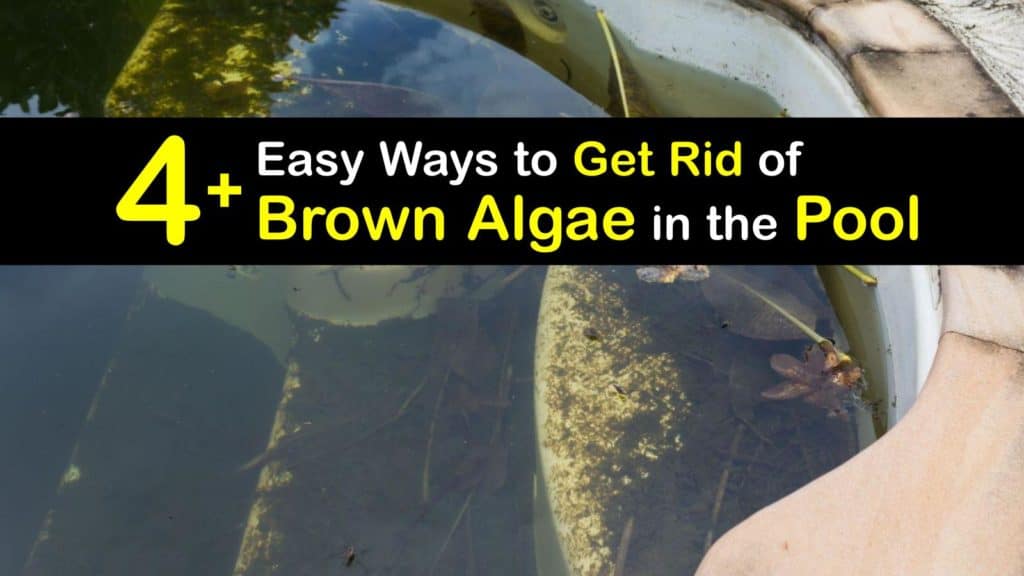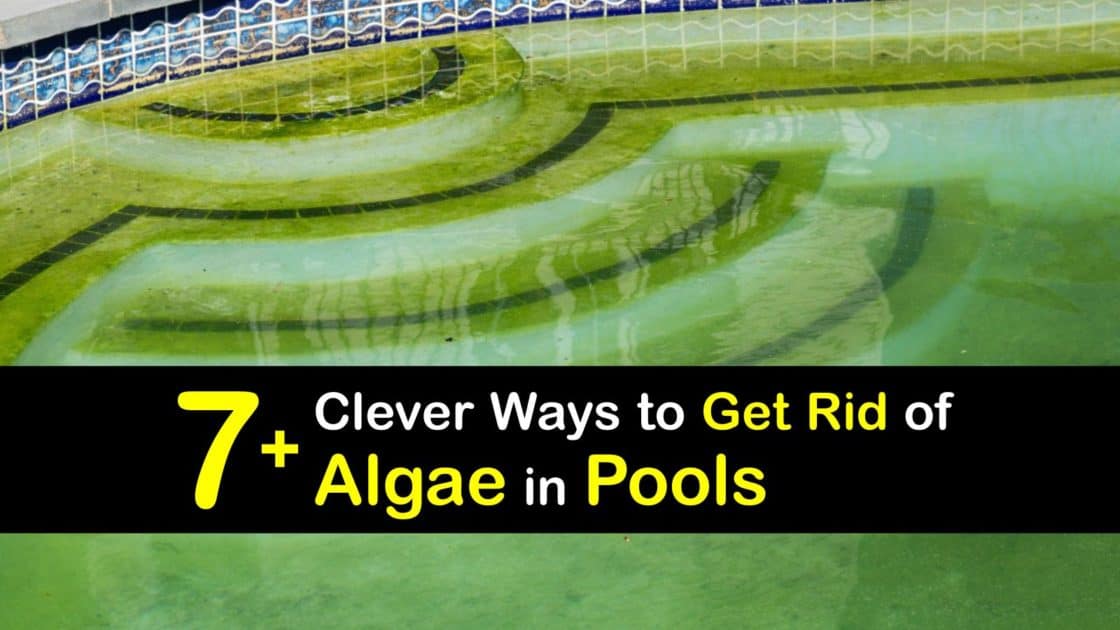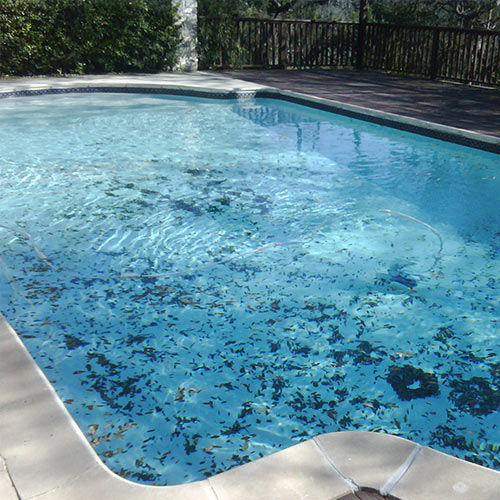Top Notch Tips About How To Get Rid Of Algae In Swimming Pool

With a pool brush, give a good scrub to any part of your pool that has algae on it, including walls, floors, and steps.
How to get rid of algae in swimming pool. For example, automatic pool vacuums can prevent algae growth if you need to keep your pool clean without a pump. So what exactly is it? Once you do this, the cotton balls will actually pick up most of the dirt, sand, and algae that otherwise would have slipped back into the pool through the mesh.
And if you happen to be one of those algae, you are not alone: The fastest way to get rid of algae in a pool is to give it the total treatment by brushing your pool surfaces, vacuuming it thoroughly, and shocking it with pool chlorine to get rid of any trace of algae. The oxidation of copper in the water — from pool equipment, some pool chemicals or even the water itself — can give water a green tint.
However, adding baking soda to a pool alone will not kill algae. One of the most effective ways to get rid of algae is to shock your pool with chlorine. Scrub the pool walls and floor to break up algae, then vacuum the debris.
Make sure to follow the label directions carefully. Method 1 chlorine shock treatment download article 1 Apply a flocculant to clear up algae residue.
Killing mustard algae involves multiple rounds of brushing your pool surfaces and adding extra shock to your pool water. Those pesky little spores stick to the cloth and hop off in the pool the first chance they get, so be sure to use bleach to clean them. Brush the pool walls and floor to dislodge algae.
Use a pool water test kit to check your pool for chlorine, stabilizer, and ph level. To lower the ph, add some muriatic acid or sodium bisulphate. Cotton ball method:
Steps to remove green algae from your pool. It should be used in conjunction with. You can get rid of pool algae and green water with good cleaning and maintenance.
This will kill all types of algae, but the amount of chlorine you’ll need will depend on the size and type of algae present in the pool. Wash and dry swimming suits after swimming in the ocean black algae can get into your pool several ways, but one of the most common is from swimming suits that have been in the ocean ( source ). Add a pool shock product to boost any remaining chlorine in the pool.
After brushing, vacuum the pool. Test and adjust the pool's ph. One of the main causes of algae growing in a pool is if the ph of the water gets too high, because this prevents the chlorine from killing the algae.
To treat black algae in your swimming pool, start by brushing the sides and bottom of your pool to break up the algae so it's easier to remove. Copper ionization is a safer alternative to chlorine for cleaning your swimming pool — not only does it kill algae, but it also kills bacteria and viruses without irritating your skin and eyes. To successfully rid your pool of green algae, test the water to assess the chemical balance using a reliable water.


















